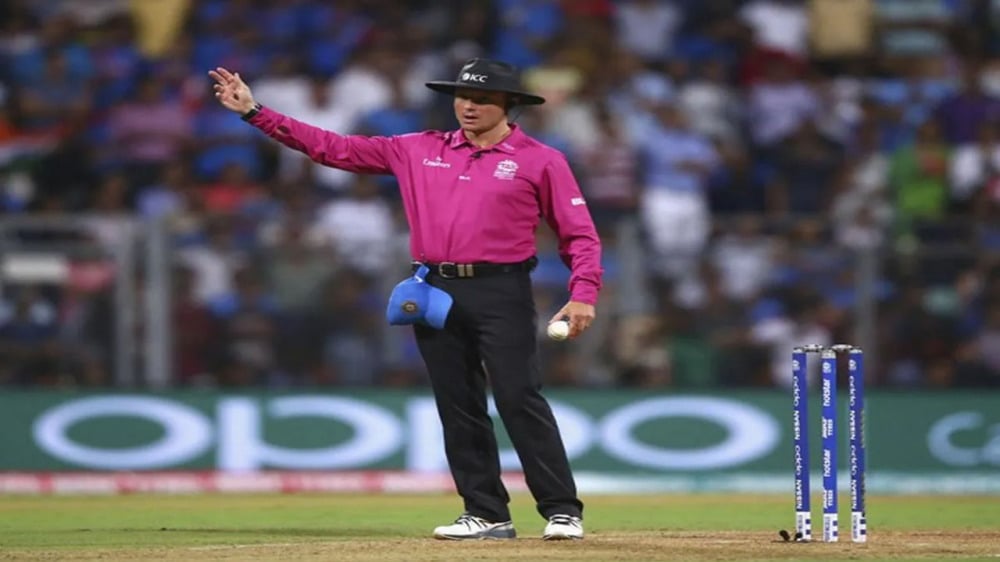
In the world of cricket, bowling a no ball is equivalent to committing a crime. Many times this mistake changes the course of the entire match and completely changes the outcome of the match. However, there are many bowlers in the world who have not bowled a single no ball in their entire cricket career. But, there are many bowlers who bowled no balls at the wrong time in important matches and pushed the team towards defeat.
What is no ball in cricket?
A no ball in cricket is a ball that is not allowed and violates any rule. That is why if a bowler bowls the ball in violation of the rules, it is declared a no ball and the batting team is given 1 extra run. These runs are not added to the batsman's account but to the team's account. At the same time, the bowler has to compensate by giving extra runs as well as bowling extra balls.
Which ball is considered a no ball?
There are many types of no balls. Common incidents include the bowler's foot crossing the line of the ball, a full toss ball being above the batsman's waist, taking two wickets before the ball reaches the batsman, or the bowler hitting the stumps or causing obstruction on the field by a fielder, all of which Are included. which is declared a no ball
Rule of giving extra runs on no ball
Before the 90s, extra runs were not given on no balls. Then the batsman could score only 4 or 6 runs by hitting a four on a no ball. At that time, there was a trend of not giving wickets on no balls, but in the 90s, a rule was also made to give extra runs on no balls.
When has this rule been implemented
ICC took another tough decision on no ball in 2015. From then till now the rule of free hit on no ball continues. This applies to ODI and T20 cricket. The team batting on a no ball gets an extra run and the batsman cannot be dismissed. For a free hit, the bowler has to bowl an extra ball, on this ball also the batsman's wicket does not fall except in some special circumstances. The batsman can bat freely on both these balls.
 look news india
look news india
